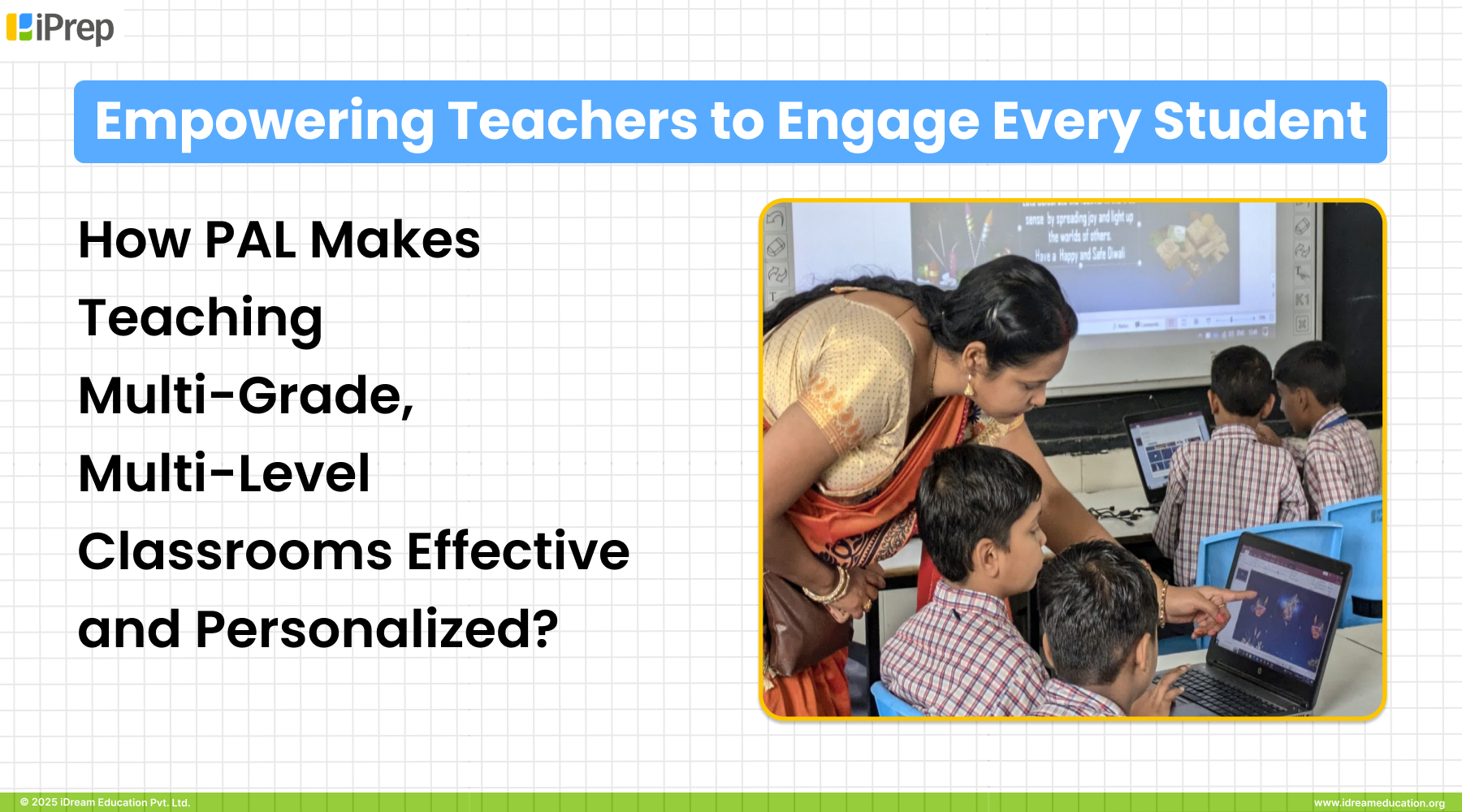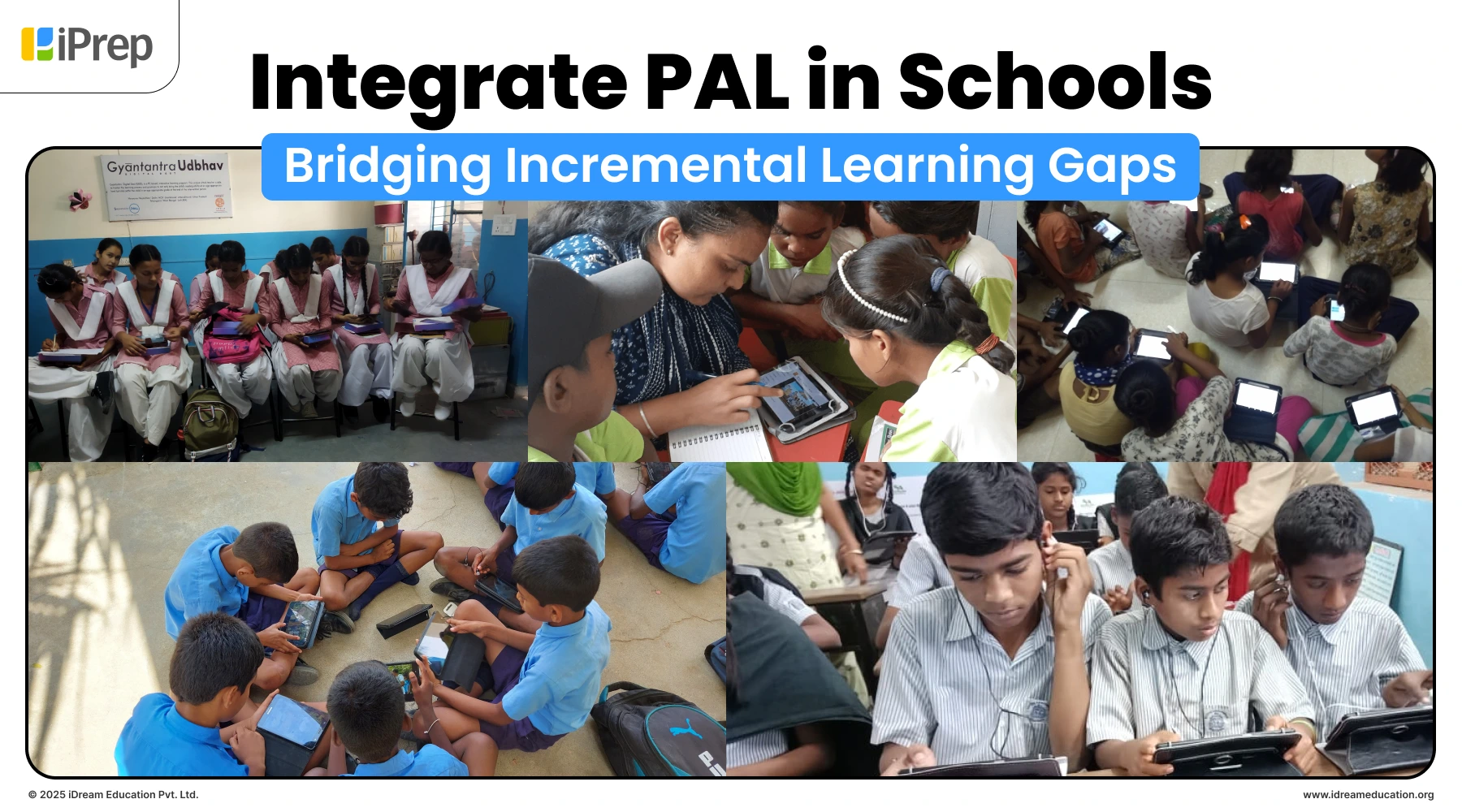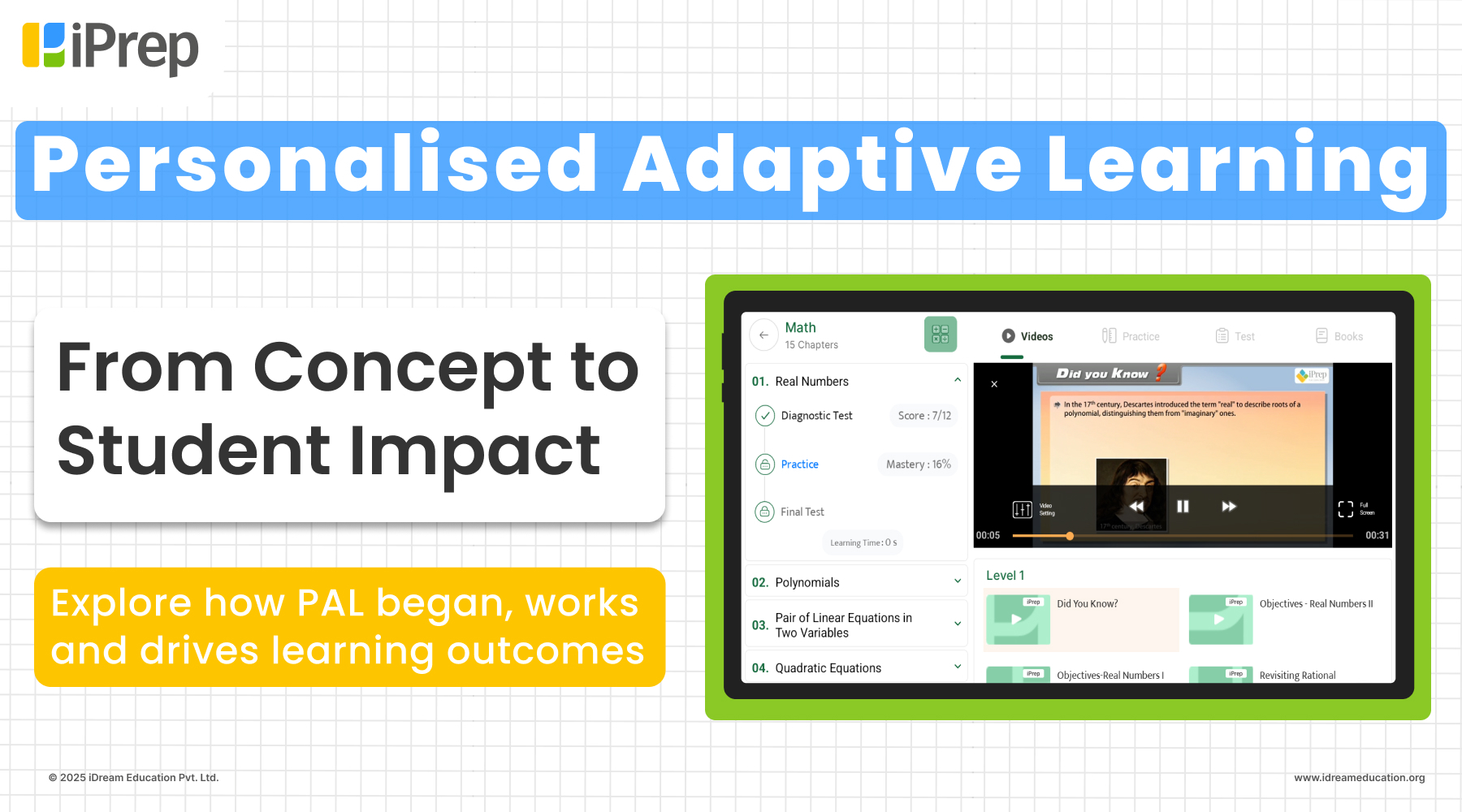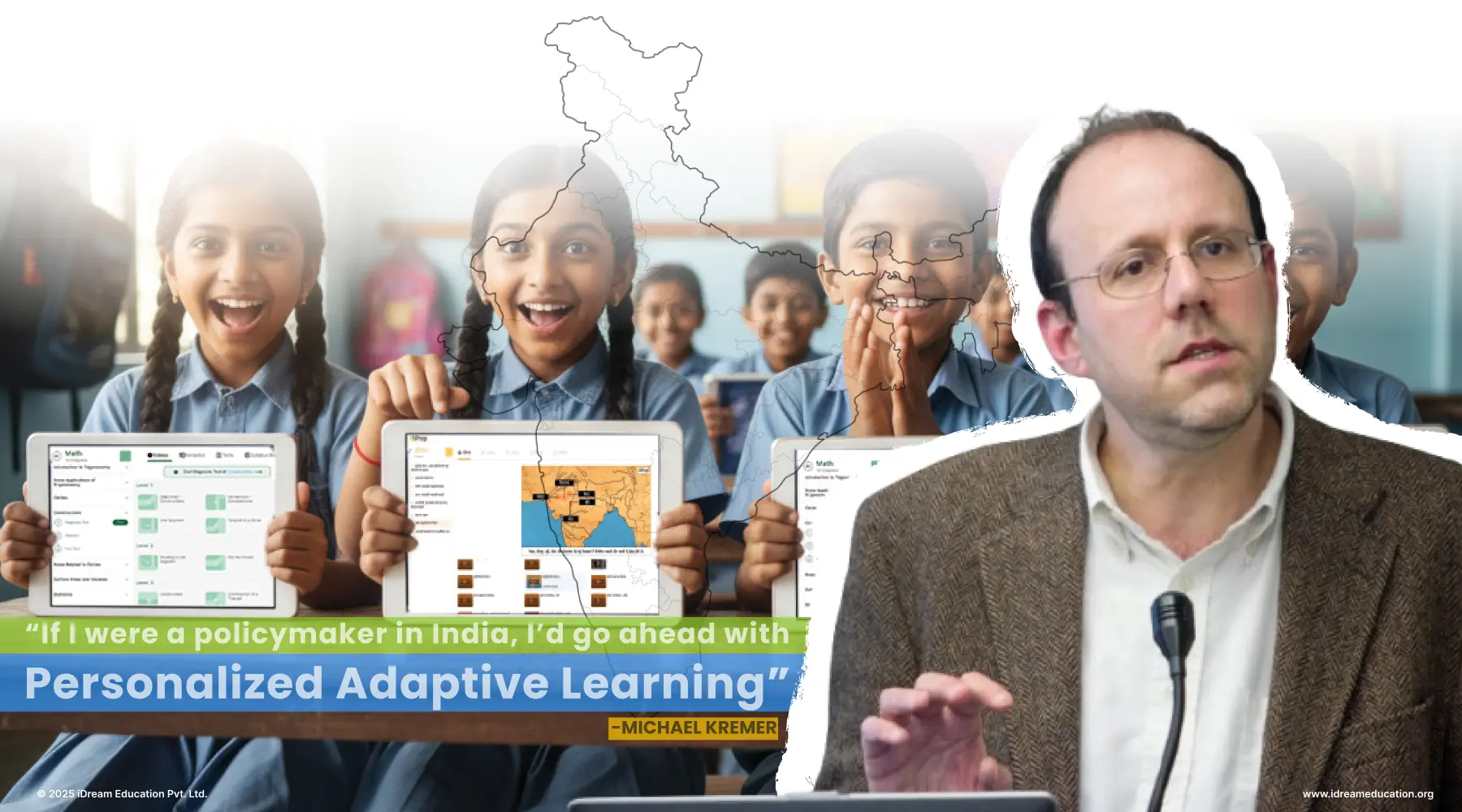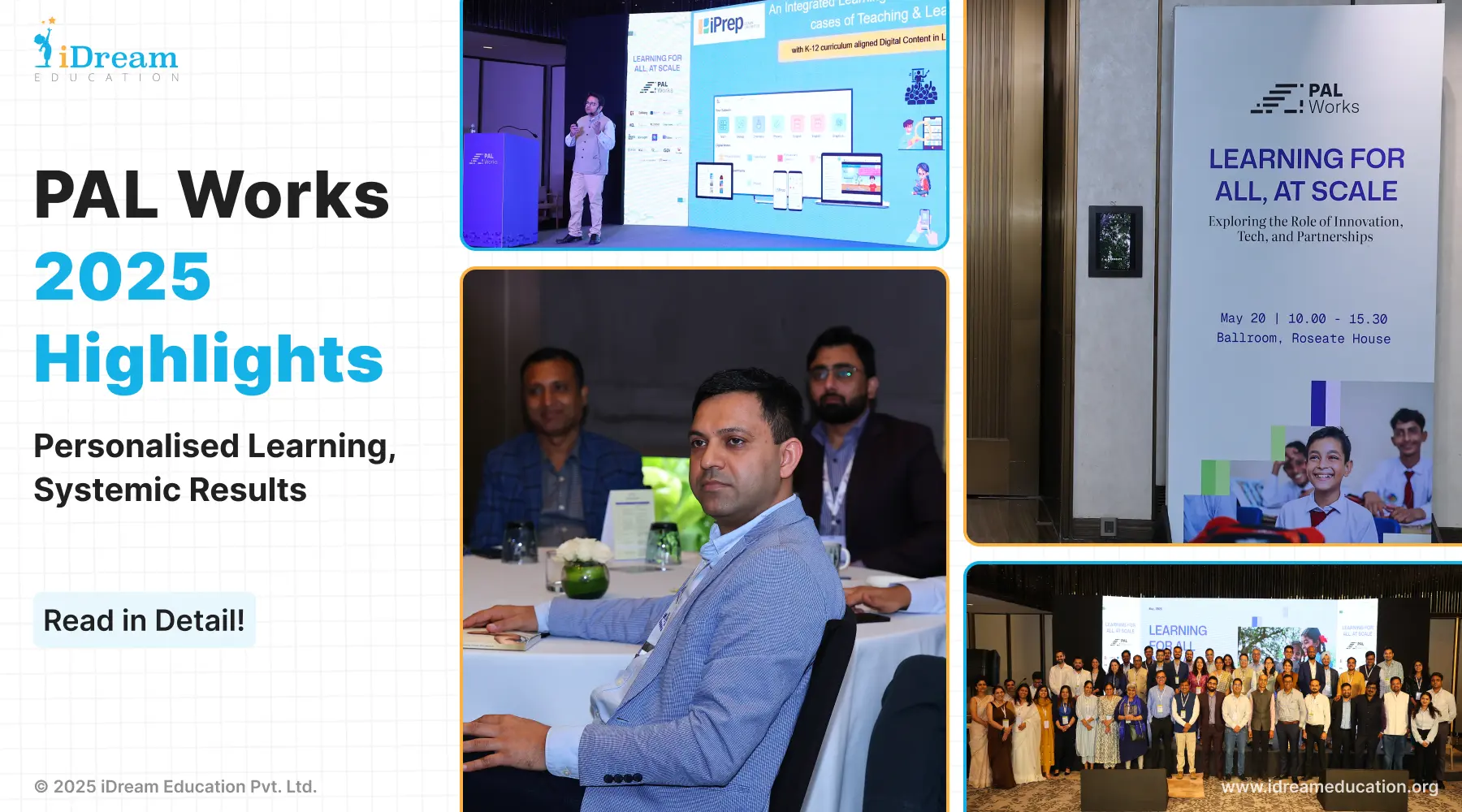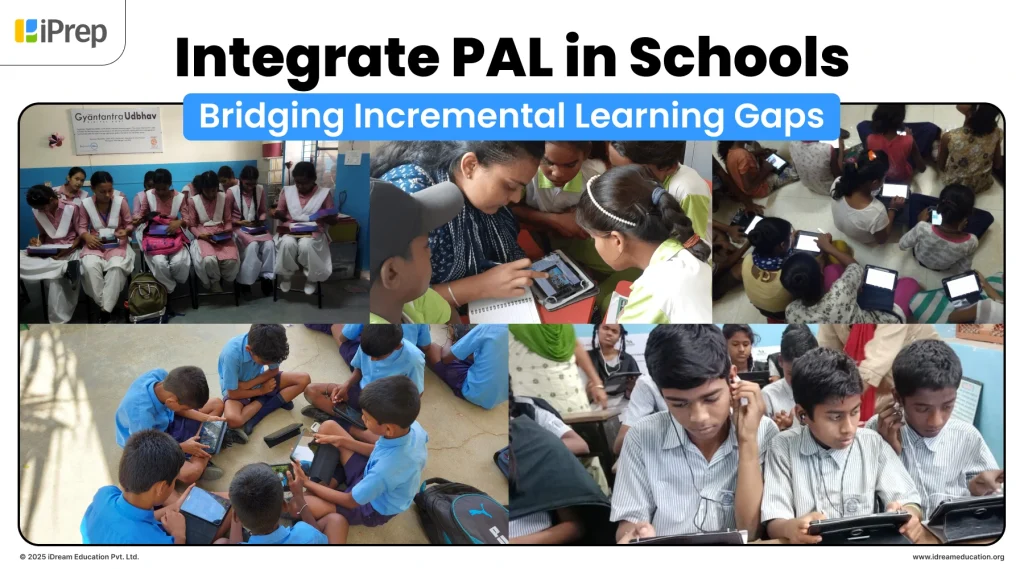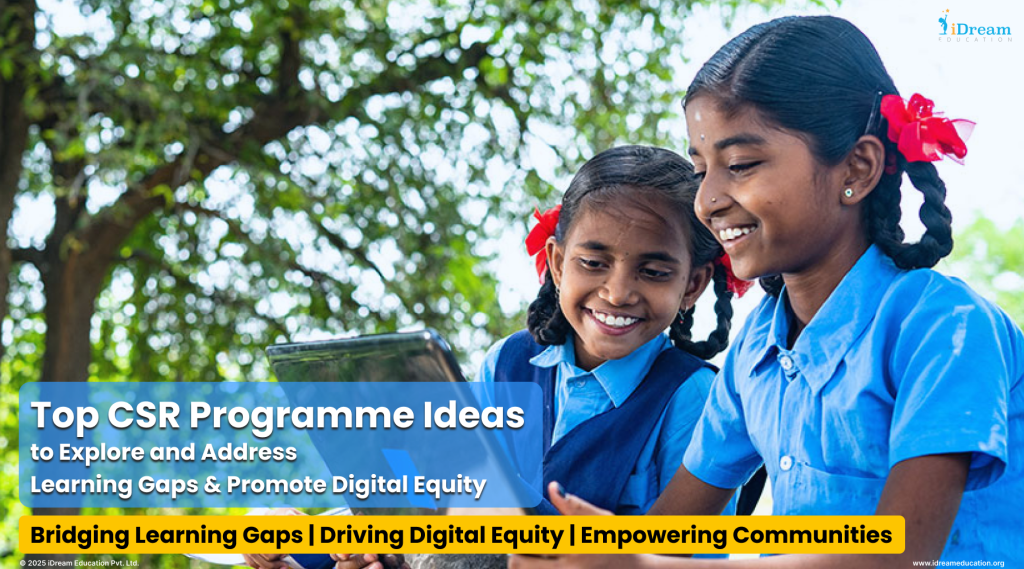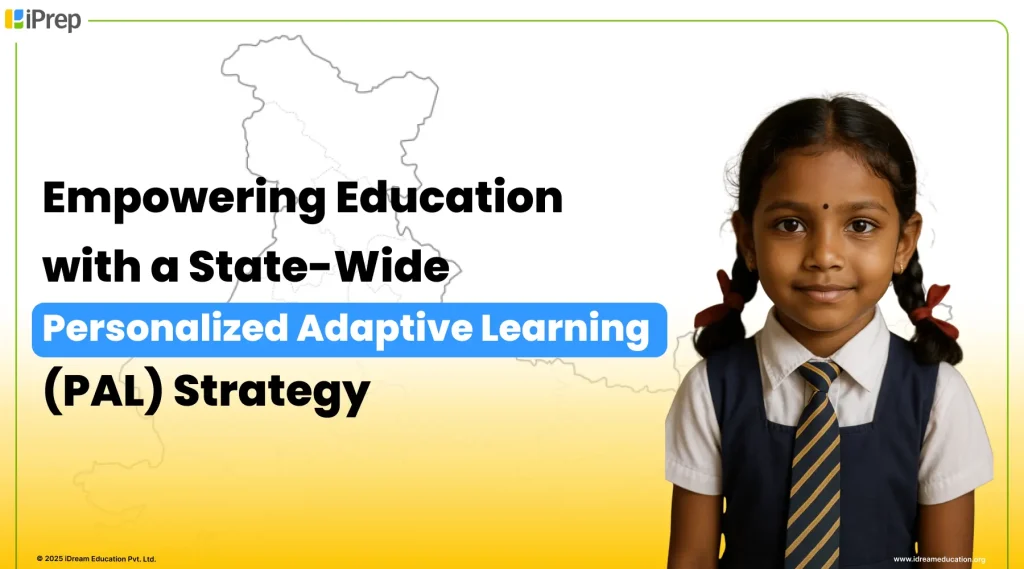
ASER 2024 says only 23.4% of Class III govt school students can read Class II text, and 33.7% can do subtraction. Both show that “a significant number still struggle. Meanwhile, NCERT’s PARAKH (Rashtriya Sarvekshan 2024) national assessment confirms that learning gaps persist in language, mathematics, and science despite repeated interventions.
From a state perspective, these gaps vary dramatically: two districts in the same state might differ by 15–20 percentage points in reading proficiency. What appears as an improvement in state averages often conceals deep inequities between rural and urban, as well as between government and private schools. Without a structured, state-wide approach, isolated pilot programs are unlikely to close these divides, leaving many children behind.
Amid this reality, the National Education Policy (NEP) 2020 has set a clear direction of:
Moving from rote learning to competency-based, technology-enabled, and inclusive education. Alongside this, multiple education-focused initiatives and social sector collaborations are aligning towards one shared vision, to ensure every child learns at their own pace, with understanding and mastery, and achieves grade-level educational outcomes.
In this evolving landscape, Personalized Adaptive Learning (PAL) has emerged as a transformative approach to address learning gaps, improve student outcomes, and make classroom instruction more inclusive and effective. However, for states to truly leverage PAL at scale, it takes more than just introducing digital tools, it requires a well-defined, state-wide strategy backed by strong implementation planning, stakeholder alignment, teacher empowerment, and continuous data-driven insights.
Let’s Look at National and State Evidence That Personalized Adaptive Learning (PAL) Improves Outcomes at Scale
When we speak to state leaders and CSR partners, one question always comes up. Is there credible proof that PAL works in classrooms like ours? This is a valid question, because too many edtech pilots fizzle out after the initial excitement. The difference with PAL is that we don’t just have anecdotal success, we now have large-scale research and real classroom insights to back it. Here is some research:
- In Andhra Pradesh, Nobel Laureate Michael Kremer’s evaluation of 1,224 government schools found that students using PAL made remarkable progress in foundational literacy and numeracy. In just 17 months, they achieved the equivalent of 1.9 years of schooling. What makes this result stand out is the context, low-income, rural classrooms, where learning gaps are often the widest. The study proved that PAL is not limited to elite settings; it can deliver measurable impact at scale in government schools too. Read more
- In Rajasthan, a randomized controlled trial (RCT) led by Prof. Karthik Muralidharan measured the impact of PAL in government schools. The study reported gains of +0.22 standard deviations in Math and +0.20 in Hindi, equivalent to several additional months of learning. These results are important because they confirm what teachers often observe in classrooms: when students are taught at their own level, their progress accelerates significantly.
These findings matter for states because they move PAL from being a “good idea” to a proven strategy. They show that PAL is not an experiment anymore, it is a solution tested in public schools, scalable, and cost-effective.
Insights from Ground: How Our PAL App, iPrep PAL, Is Being Used to Improve Learning Outcomes in Schools
Beyond the research papers, our own implementations give us a ground-level view of how PAL plays out in everyday classrooms. And the results echo the same message: when PAL is used consistently, students engage more deeply and learning outcomes improve.
- In Punjab, over 400 students across two campuses engaged with iPrep PAL for more than 11,000 hours in one year. This sustained use resulted in an average improvement of 30–35 percentage points in Math and Science scores, measured as the difference between diagnostic assessments and final tests, including among those starting from low baseline levels. In Sherpur Kalan, student engagement peaked with over 7,500 recorded learning interactions, demonstrating how continuous teacher support fosters wider adoption.
- Meanwhile, in districts such as Ludhiana, Amritsar, and Sangrur, consistent PAL usage yielded noticeable learning advancements. For example, Science scores in Sangrur improved by 29% relative to baseline over several months, a significant stride toward grade-level mastery.
- In Jodhpur, Rajasthan, Class 7 students showed exceptional progress as well. Math scores more than doubled, reflecting a 105% relative increase, while Science scores increased by 68% through sustained PAL engagement.
- Schools emphasizing STEM subjects saw equally encouraging results: students boosted their Science scores by nearly 35 percentage points and Geography scores by over 25 percentage points, signifying solid progress from initial knowledge gaps to confident proficiency.
The depth of this insight is not just in the numbers but in what they represent: A meaningful educational growth achieved through adaptive digital content. It does so not merely by increasing digital learning hours but by fostering active, confident participation, especially for learners who initially faced challenges. Crucially, iPrep PAL’s flexible design enables it to meet diverse needs across NGO-run, government, urban, and rural schools, consistently driving equitable learning gains.
Before Planning a State-Wide Personalized Adaptive Learning Strategy: Understand the Difference Between Digital Learning Models
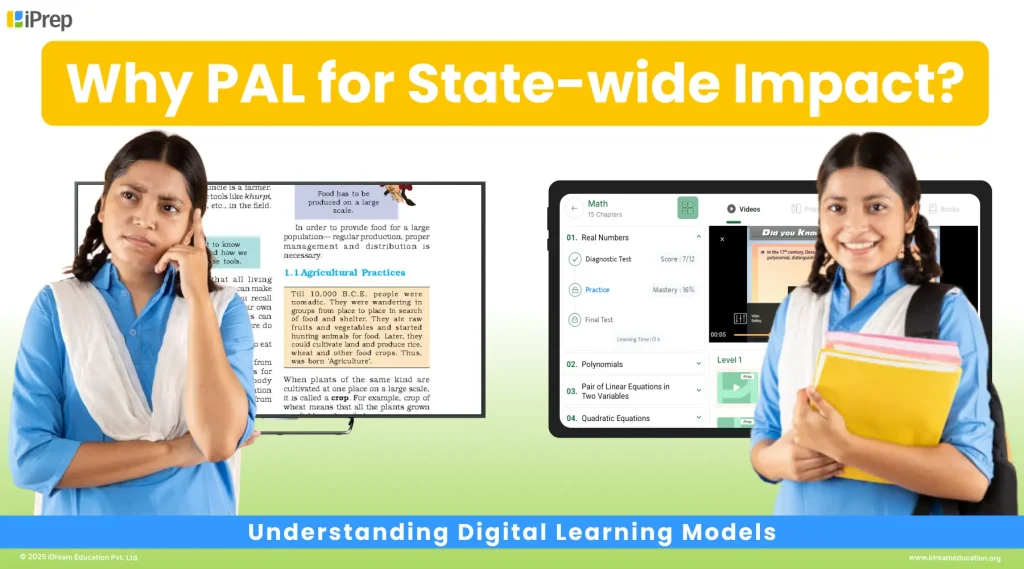
This leads us to a key insight for state leaders: not all digital learning models are created equal in impact. Many initiatives focus mainly on content delivery through videos or e-books, yet often result in weak mastery progression. These non-adaptive models lack personalized learning paths and do not provide clear, actionable insights on when students need remedial help or are ready to advance.
The Smart Classroom, a significant component of many government Digital India efforts, seeks to enhance classroom engagement through multimedia tools in a traditional one-to-many teaching format. While these classrooms help teachers deliver lessons dynamically, they do not offer individualized student assessments or adaptive learning features.
Personalized Adaptive Learning (PAL) stands apart by driving student-centered instruction. PAL sessions begin with diagnostic tests, followed by targeted practice, personalized remediation, and mastery checks, ensuring each student progresses effectively. This structured approach converts digital usage into measurable learning outcomes.
For states heavily investing in digital infrastructure, recognizing this distinction is crucial. Technologies are valuable only if they enable measurable, trackable outcomes, not just access or engagement.
But the challenge now shifts from the adoption plan to scale PAL implementation in schools, the evidence confirms its impact. Now, the real question is how to build a system-wide strategy that is sustainable, inclusive, and outcome-driven.
Building a State-Wide Personalized Adaptive Learning Strategy Should Have
A strong state-wide Personalized Adaptive Learning (PAL) strategy must go beyond software procurement or device distribution and instead build a framework around four key pillars:
Policy Alignment and Curriculum Integration for State-Wide PAL Implementation
Statewide PAL integration strategy should not be introduced as an additional layer of technology, but as an integrated part of the existing learning ecosystem.
To ensure this, states should:
- Align with key education policies such as NEP 2020, NIPUN Bharat, and FLN Mission so that PAL contributes directly to national and state learning goals.
- Map digital content to DIKSHA or state LMS portals, making PAL accessible through platforms already familiar to teachers and students.
- Ensure curriculum integration so that each lesson, assessment, and remedial module corresponds exactly to the state board syllabus.
When students and teachers see PAL content reflecting their own syllabus, not a separate app or extra activity, adoption becomes effortless. This alignment transforms PAL from being “just another program” into a core part of the state’s long-term digital learning roadmap, ensuring continuity, relevance, and shared ownership across all stakeholders.
Teacher Empowerment in Personalized Adaptive Learning Programs
Teachers are the anchors of any successful PAL implementation. A well-designed PAL solution must act as an enabler, reducing manual effort rather than increasing workload. Structured, ongoing teacher training should help them:
- Read and interpret PAL dashboards effectively,
- Identify learning gaps at the class or individual level, and
- Plan targeted interventions for remediation.
This ensures PAL is simplifying classroom management, especially for mixed-ability learners, and adoption becomes natural and self-sustaining. When teachers feel supported rather than overburdened, PAL becomes part of daily classroom culture, not a compliance task.
District and Block-Level Capacity Building for PAL Success
Scaling PAL successfully requires decentralized ownership. District Education Officers (DEOs) and Block Education Officers (BEOs) must be trained to interpret PAL data dashboards and use insights to guide monthly review cycles.
These reviews shouldn’t just be monitoring meetings, they should translate data into action.
For example:
- Identifying which schools need additional teacher training,
- Recognizing clusters that show consistent improvement, and
- Planning targeted support where learning outcomes lag.
Such structured capacity building fosters accountability and creates a continuous loop of feedback, action, and progress across every level of the system.
Role of Ecosystem Partners Driving Personalized Learning at Scale
No large-scale education initiative can succeed in isolation. A personalized learning platform at scale requires an ecosystem working in coordination:
- CSR partners can support with funding for digital infrastructure, teacher training, and monitoring frameworks.
- NGOs can anchor inclusivity, ensuring community participation, last-mile delivery, and equitable access.
- Schools must embed PAL into their daily timetable so that it becomes part of everyday learning, not an occasional digital activity.
When all stakeholders operate with a shared goal, learning outcomes for every child PAL evolve from a digital initiative into a movement for educational equity. Such coordinated ownership ensures that PAL doesn’t remain a top-down program but evolves into a state-wide movement for equitable learning outcomes.
Why This Matters
Scaling state PAL implementation strategy is not about deploying apps or tablets; it’s about reshaping how learning happens at scale.
India’s education system has enough pilot programs proving that PAL works. The challenge now is building a state-wide, sustainable framework that keeps teachers supported, students engaged, and outcomes continuously measurable.
The next step is not to test “if PAL works”, that question has already been answered.
Now the next step: How do we transition from pilots and isolated programs to a statewide strategy that transforms classrooms, not just dashboards?
Such transformation is only possible with state leadership at the core. But leadership alone is not enough. For PAL to succeed at scale, CSR investments, NGO expertise, and school-level ownership must align around one ecosystem. Without this convergence, even the strongest evidence risks remaining locked in reports instead of translating into outcomes for millions of children.
India’s learning crisis is deep, but solvable. With credible evidence, committed leadership, and platforms like iPrep PAL that bridge learning gaps with data and empathy, we now have a clear pathway forward.
Let’s explore how a Personalized Adaptive Learning (PAL) implementation strategy can align with your curriculum, policy goals, and classroom needs, creating an ecosystem where every learner progresses at their own pace. Contact us at +917678265039 or write to share@idreameducation.org to discuss how PAL can be implemented responsibly and sustainably in your context.


